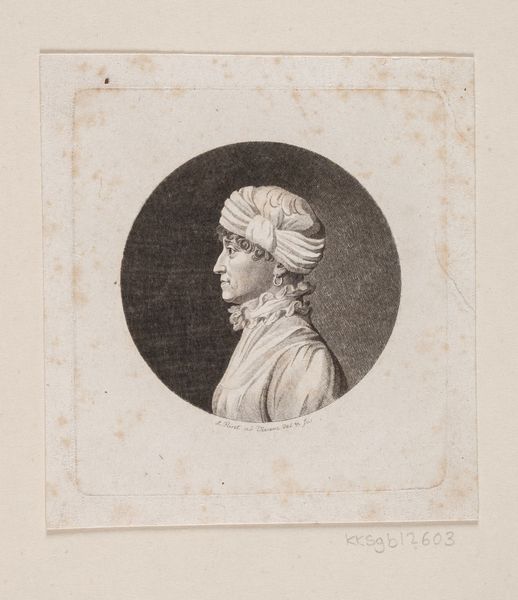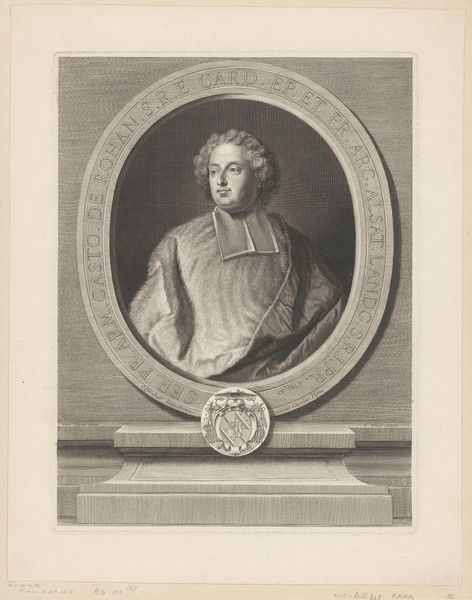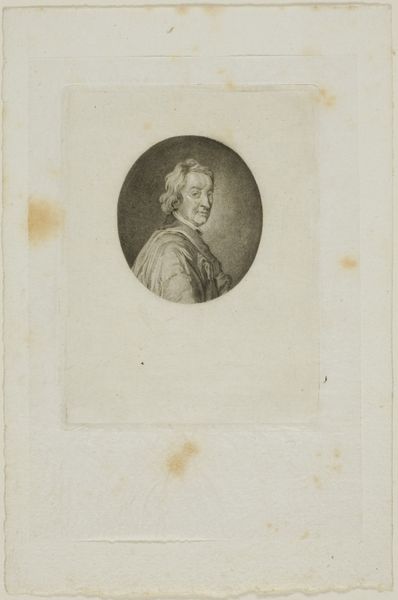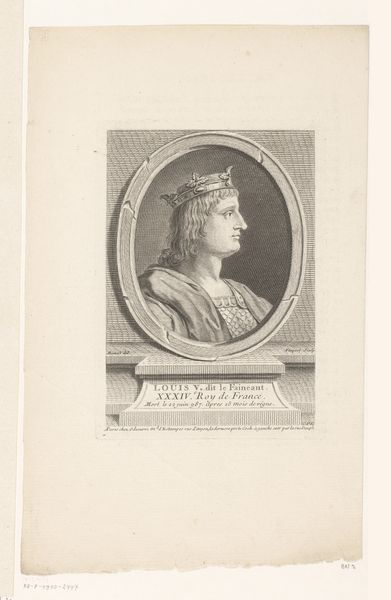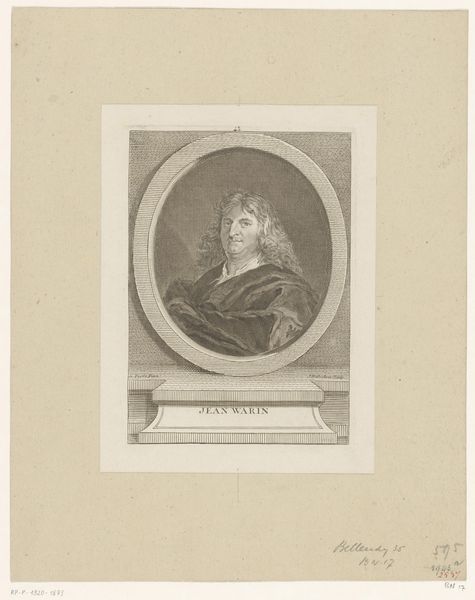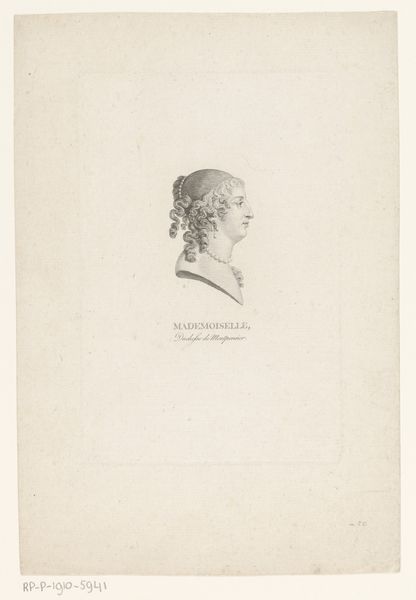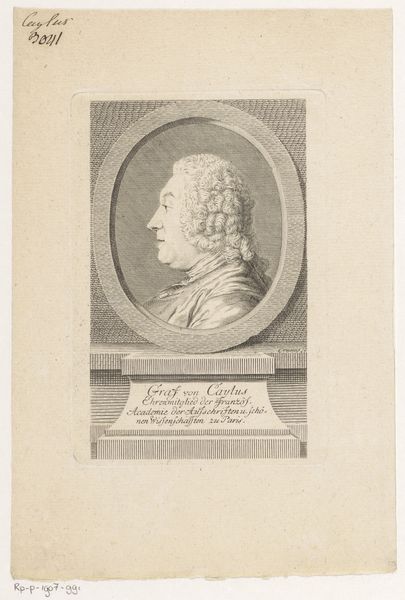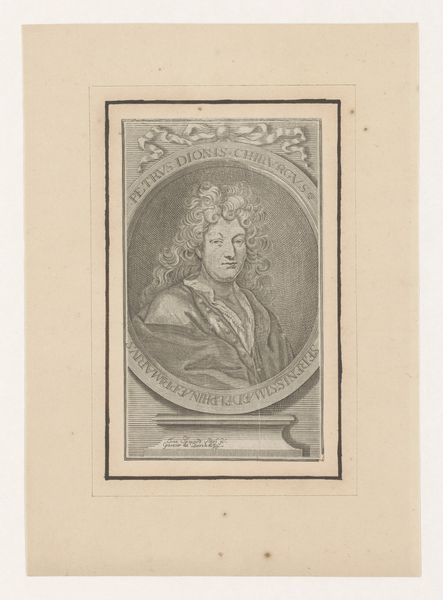
print, engraving
#
neoclacissism
# print
#
greek-and-roman-art
#
classical-realism
#
history-painting
#
engraving
Dimensions: 150 mm (height) x 104 mm (width) (plademaal)
Editor: Here we have Oluf Olufsen Bagge’s "Ancient Relief. Man's Head", created sometime between 1780 and 1836. It's an engraving, so a print. The face is strikingly detailed, very classical. What historical context am I missing here? What’s its relationship to Neoclassicism, for example? Curator: This print embodies the Neoclassical fascination with antiquity. But it’s also participating in a broader 18th and 19th century phenomenon. The ‘Grand Tour’ where affluent Europeans would travel around classical sites amassing souvenirs and knowledge. This fuelled a market for depictions of ancient sculptures, casts and prints like this one, which was collected and displayed, demonstrating the owner's education and refinement. What kind of public role would such an image fulfill, do you think? Editor: It suggests status, then – a cultural authority conferred by owning and displaying these images, perhaps aiming for a timeless aesthetic ideal? But this print is just a copy of a sculpture of something else, right? Curator: Exactly. It reflects an era obsessed with authenticity, yet often content with copies and reproductions. Consider how museums were being established around this time. Their role was not just to exhibit but also to educate, shaping public taste and national identity through curated historical narratives, many of which placed Greco-Roman art as the cornerstone of Western civilization. Does that make sense? Editor: That's a lot clearer now. The print's more than just a pretty picture; it is part of a whole network of cultural aspirations. I wouldn't have considered all the power relations implied by the choice to reproduce and distribute such a figure in that era! Curator: Indeed! Art is never just art, it's always intertwined with its time. Thanks for a thought-provoking analysis.
Comments
No comments
Be the first to comment and join the conversation on the ultimate creative platform.

